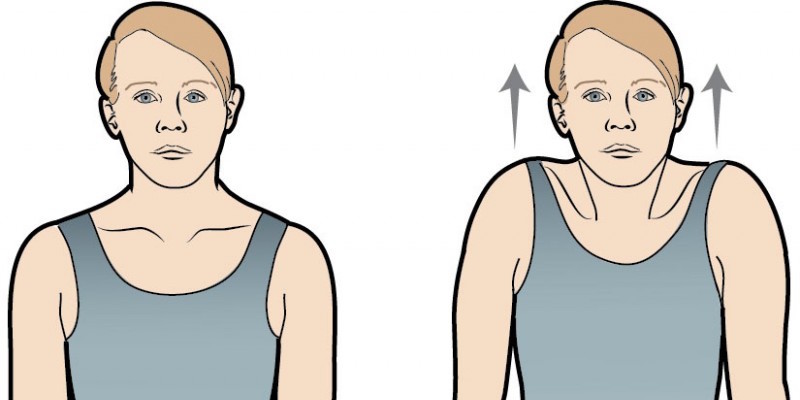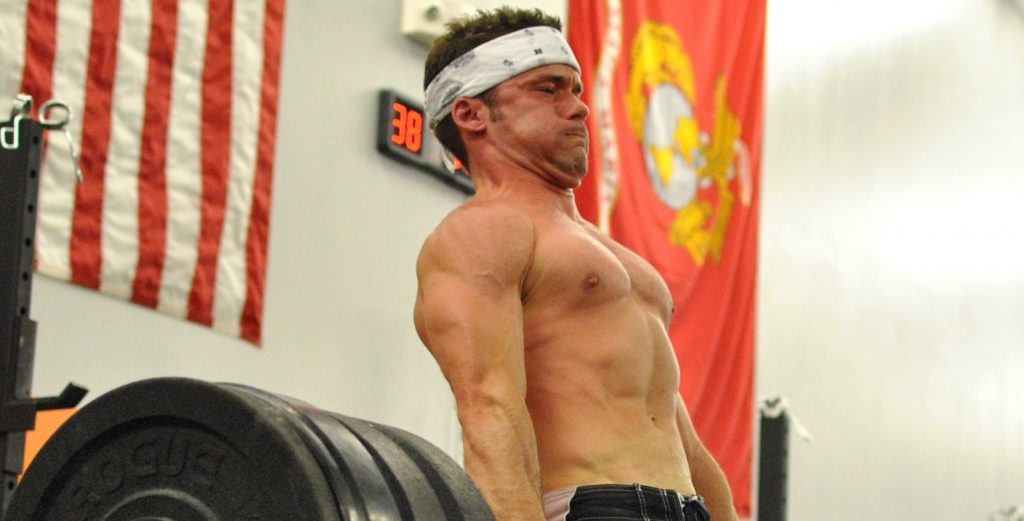
Everything in human existence comes down to one basic activity; breathing. It’s the force behind everything we create. Without it, we don’t last long. We can go for weeks without eating, days without drinking, but the longest someone can hold her breath is minutes at best. No doubt, breathing is important.
Breathing is little like running. It’s one of our first experiences with freedom. Both come naturally, but can both be improved with attention to details. Otherwise, Olympians would run like children.
The key to breathing is understanding how we do it, then how we can use it best for our desired activity. We’ll cover three way to inhale, plus how to hold or breathe for a lift.
Inhaling Down
In general, pulling in air by dropping our diaphragm is the natural way we inhale. This is mostly how we breathe when we don’t think about it. (If you’re breathing is labored you may expand out as well.)
The diaphragm sits like a hammock below your lungs. To draw air, that hammock lowers, as if someone was lying in it. The action of pulling down opens your lungs, pulling in air. It’s just that simple.
For singers, actors and other performers, this is the most important part of drawing air. To utilize that air, they will squeeze the air from the bottom of their belly, like a toothpaste tube, controlling the expulsion to get the most out of each exhale. The goal is volume and sound quality from their vocal chords, but not passing out matters too.
Inhaling Out
This sounds like a contradiction, but this is what we do when we are winded. We do draw down our diaphragm, but unlike performers, athletes do not need to control the air as it leaves the body.
The lungs expand in all directions when given the chance. Because an athlete wants to draw as much air in as possible, lungs expand down and out.
There is, however, no value in elevating your shoulders in sport, especially if you’re winded. That takes more work than it’s worth. The goal is to get as much oxygen to all parts of your body as quickly as possible.
Inhaling Up
Take a deep breath and hold it. Are your shoulders up to your ears? This is normal when people are told to draw breath.
Who knows why. It’s not natural. In fact, there is a very literal benefit to raising one’s shoulders to breathe in, except that exhaling may be easier by dropping those shoulders.
In general, you want to avoid doing this, even in the doctor’s office. It’s not helping him either. He’s listening to your lungs for air, not watching your shoulders for proof you’re breathing.
Holding It
Important to avoiding injury is how we hold our breath.
Lifting large loads of weight mandates that we break the status quo on breath. If you were to squat your maximum weight breathing as normal, you may drop the weight or you may blow a disc. Not good.
Part of stabilizing your body for heavy lifts is controlling your breath. This keeps the pressure on your organs and spine. As discussed above, you cannot, however, hold your breath indefinitely.
If you are lifting, say, 80% of your maximum lift, you will get more than one repetition. Holding your breath the whole time is unlikely possible without passing out.
This is done by keeping back pressure on your lungs, similar to our vocalist friends. Your abdomen and lungs will stay tight as you exhale slightly, then you will sip air into your lungs until you have enough.
If you try to completely exhale your spent lungs to draw a huge breath, that could be very bad.
A great way to get closer to your breathing is to spend some time with it. Practice breathing, either through mindfulness meditation or conscious breathing.
There is a good reason people dedicate their whole lives to getting better at breathing. It’s the most important thing we do.
Correction: It’s the most important thing YOU do.





